Welcome to Pine Point
by pshoebri
This work has been commented by 5 curator(s). Read the comments
Title
Welcome to Pine Point
Headline
Welcome to Pine Point / NFB, pinepoint.nfb.ca
Concept author(s)
Paul Shoebridge and Michael Simons
Concept author year(s) of birth
1969
Concept author(s) contribution
Directors, authors, designers.
Concept author(s) Country
Canada
Designer(s)
as above
Copy author(s)
as above
Other author(s)
Drew Schorno
Other author(s) contribution
Production - design, video, audio
Friendly Competition
Love Conflict Imagination (2010-2011)
Competition category
Visual communication practice
Competition subcategory
web / interactive
Competition field
nonacademic
Competition subfield
professional
Subfield description
www.thegoggles.org Michael Simons and Paul Shoebridge are award-winning creative directors, most notable for their work with Adbusters magazine. They have conceptualized magazines, books, television spots, and produced major international advocacy campaigns, including TV Turnoff, Buy Nothing Day, and the Blackspot Sneaker, which was featured as one of the NY Times ‘Best Ideas’ of 2004.
Check out the Love Conflict Imagination 2010-2011 outlines of Memefest Friendly competition.
Description of idea
Describe your idea and concept of your work in relation to the festival outlines:
Welcome to Pine Point – an interactive documentary produced by the National Film Board of Canada, is about a community that was erased from the map. The story is about memory, but it also addresses the theme of this competition as follows. It's about Love, in the sense that the people who lived there truly loved the place. There is Conflict in the fact that they no longer have a place to call home. Imagination is where their memories are projected onto.
What kind of communication approach do you use?
We use older media forms - books, paper, sound, film, and in this case, apply them to newer media – the internet.
What are in your opinion concrete benefits to the society because of your communication?
We feel that the story we are telling here allows people to question their own beliefs about memory, about where they are from, and even, about who they are.
What did you personally learn from creating your submitted work?
That human story is vital, no matter what media you are using.
Why is your work, GOOD communication WORK?
People seem to react on a human level, and seem to be genuinely moved. That it accomplishes this on the internet is no small feat!
Where and how do you intent do implement your work?
We use a variety of media - books, magazines, etc. For this work, on the internet.
Did your intervention had an effect on other Media. If yes, describe the effect? (Has other media reported on it- how? Were you able to change other media with your work- how?)
Curators Comments
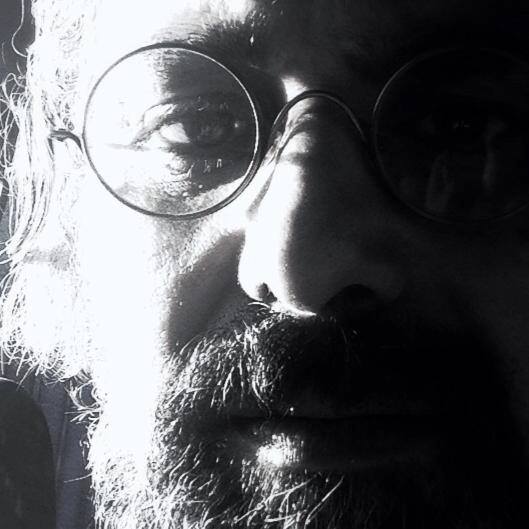
Antonio Rollo
That's what I means for digital story telling! Before digital revolution a story was a pattern of signs and voices that recombine, every time is repeated, our set of memory and feeling. If a story involve in a deep and emotional state, it will be easier for the brain to remember it. Otherwise will go in river of forgetfulness. And we need to forget exactly as we need to remember. Digital media is giving to human race the ability to forget a story and to remember just a link to the story. The calculation will do the rest. From the perspective of computer power calculation there on the web few exciting stories to tell, and Welcome to Pine Point is one of them. The interactive screen is moved to an emotional and participative dimension starting from the topic of the story himself, that is a lot digital private memory. The surfer can forget the story, right before quitting the page of this work, but I'm sure that the new comer will never forget the link.

Kevin Yuen Kit Lo
This a beautiful, powerful and engaging art work. As a curator, part of my role is to provide constructive criticism, but in this case, I have very little to add.
The storytelling is compelling, the design, animation and illustration is beautiful and appropriate, the interaction is simple and intuitive, and the soundscape and music create a perfect atmosphere for the experience. I really appreciate the personal narrative and the nostalgic overtones, which bring to life a complex and interesting story of culture and industrialisation.
This project reminds me of why I love the web as a platform for art.

Jason Grant
An affecting interactive story - great assembly, writing and editing.
Although the piece raises questions about the need to filter and keep positive memories, and the consequent flattening of reality, I wonder if such a positive portrait would have been even more poignant accompanied/contrasted with dissenting or alienated voices. What was it like growing up as a Chinese girl in a culturally homogenous community? Or growing up gay in a culture that only tolerates archetypal hetero masculinity?
My sense is that issues of memory needn't be illustrated with such a limited narrative, and that the theme could have dug a little deeper to express a fuller human spectrum and social context. The point that to a large degree we choose our past is well taken, but what exactly is lost with the faded memories?
Formally the work is very well conceived and controlled. The mix of media and range of media quality is never an obstacle to engagement. The nostalgic design is restrained enough to not overwhelm the content. Great research, great individual stories.
Roderick Grant
This work leaves a twofold mark; a formal/visceral mark, and a cognitive/critical mark. As a narrative experience, I'm engaged and absorbed by the depth and detail in the content, and by the rawness of the same – time hasn't dulled the impact of the images, nor the sentiments captured within their frames, these are not images (and sound, footage, reportage) that fall prey to being kitsch or vintage or vernacular, they hold a knowledge, an epistemology that is no longer with us in figurative and literal terms. While this investigation and documentation serves as a passage for new viewers to come to know an object, we can only know through the document, as knowledge is no longer possible through a phenomenal experience of the place itself. It is this realization that makes it more than a keepsake, more than a time-capsule – we cannot know Pine Point as the result of our own lived experience, and thus must trust, delve and digress through the experience of a digital sp(l)ace that serves on the one hand to offer up a kind of truth, but on the other a kind of necessary simulation.
I find Michel de Certeau's ruminations on the relationship between organized strategies and everyday tactics to be of particular import here – Pine Point came to be for reasons of capital accumulation and resource extraction...but the resulting community rises above the struggles between provisional settlement, employment and the human drive towards significance in the practices and tactics of everyday life.
This work succeeds in bringing the everyday forward in a manner that is masterfully handled between the edges of linearity and interactivity.
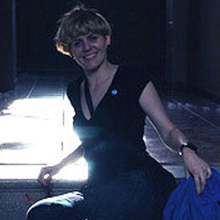
Katarína Lukić Balážiková
Dear Paul and Michael,
let me comment your submitted project with few words.
Welcome to Pine Point is very emotional but direct communicated story about some few people connected with memories about non-existing place that used to be their home.
I appreciate the energy that is generated with your interactive documentary. The piece has good dynamics and esthetics which keeps the story "alive" and creates some kind of living memory album.
However it is on net, it still keeps the feel of a real community based project. However is is not real documentary in classical sense, it informs about events, relationships and consequences with details being really authentic. I think the digital and interactive way instead of printed form was really good choice. It keeps viewer really emotionally involved and emotionally more touched by the narration and story.
Good luck with presenting it on festivals or other public events.

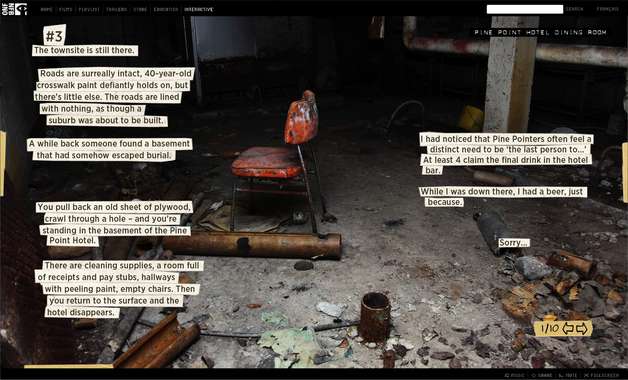
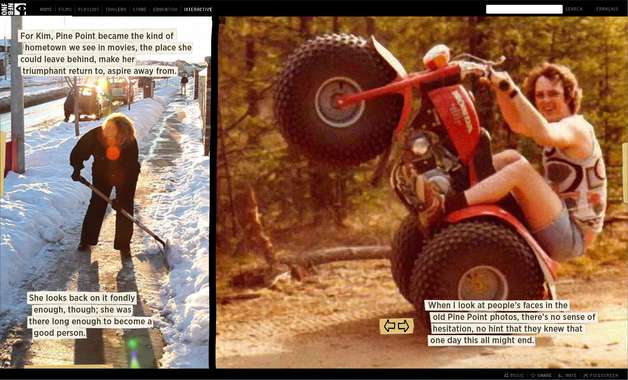
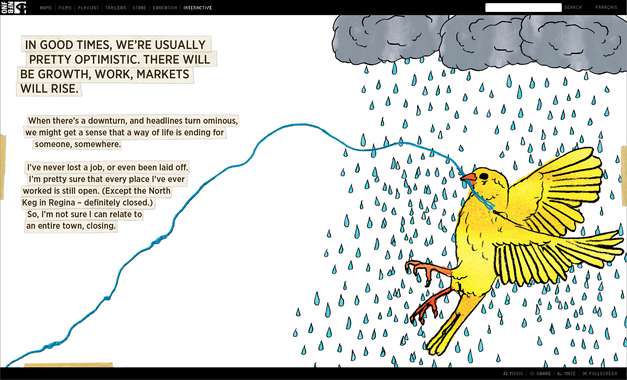
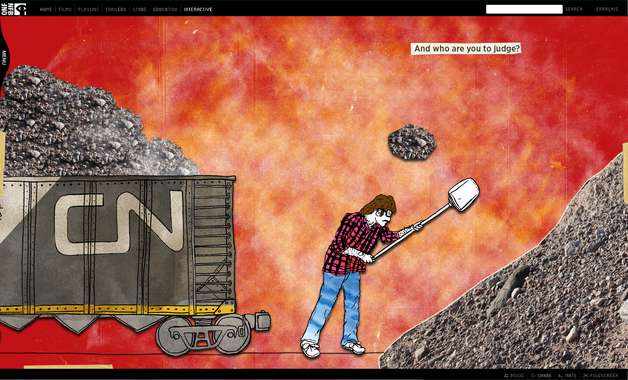
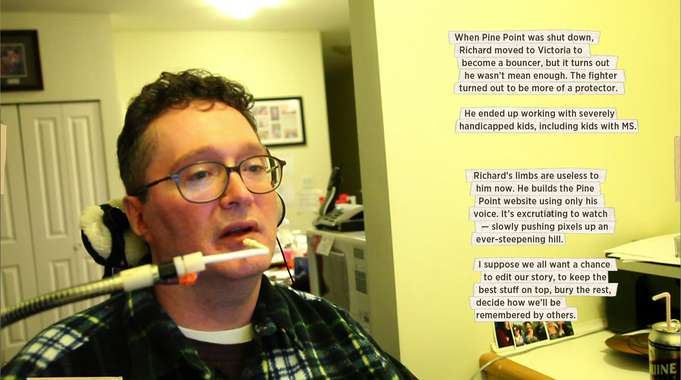
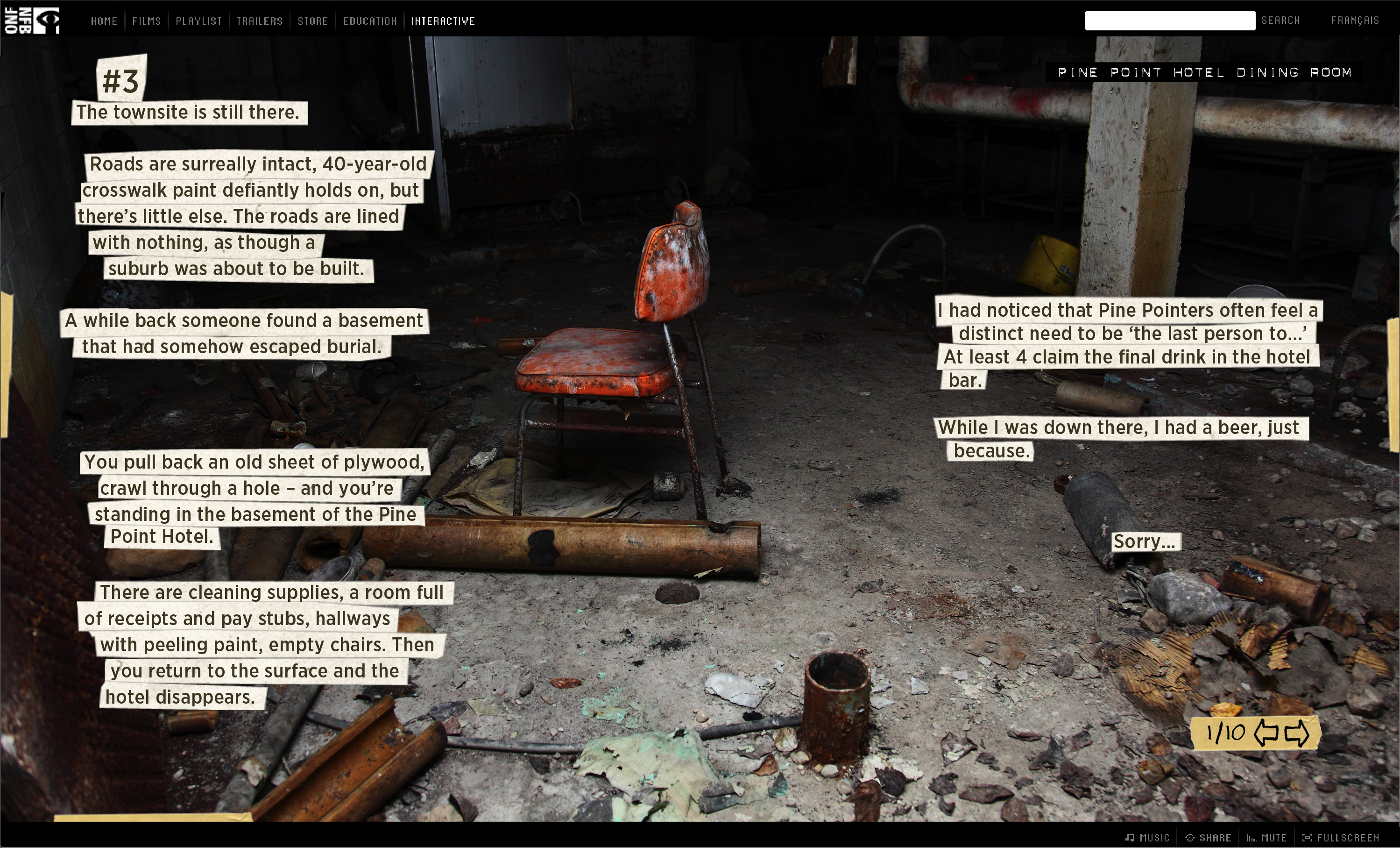
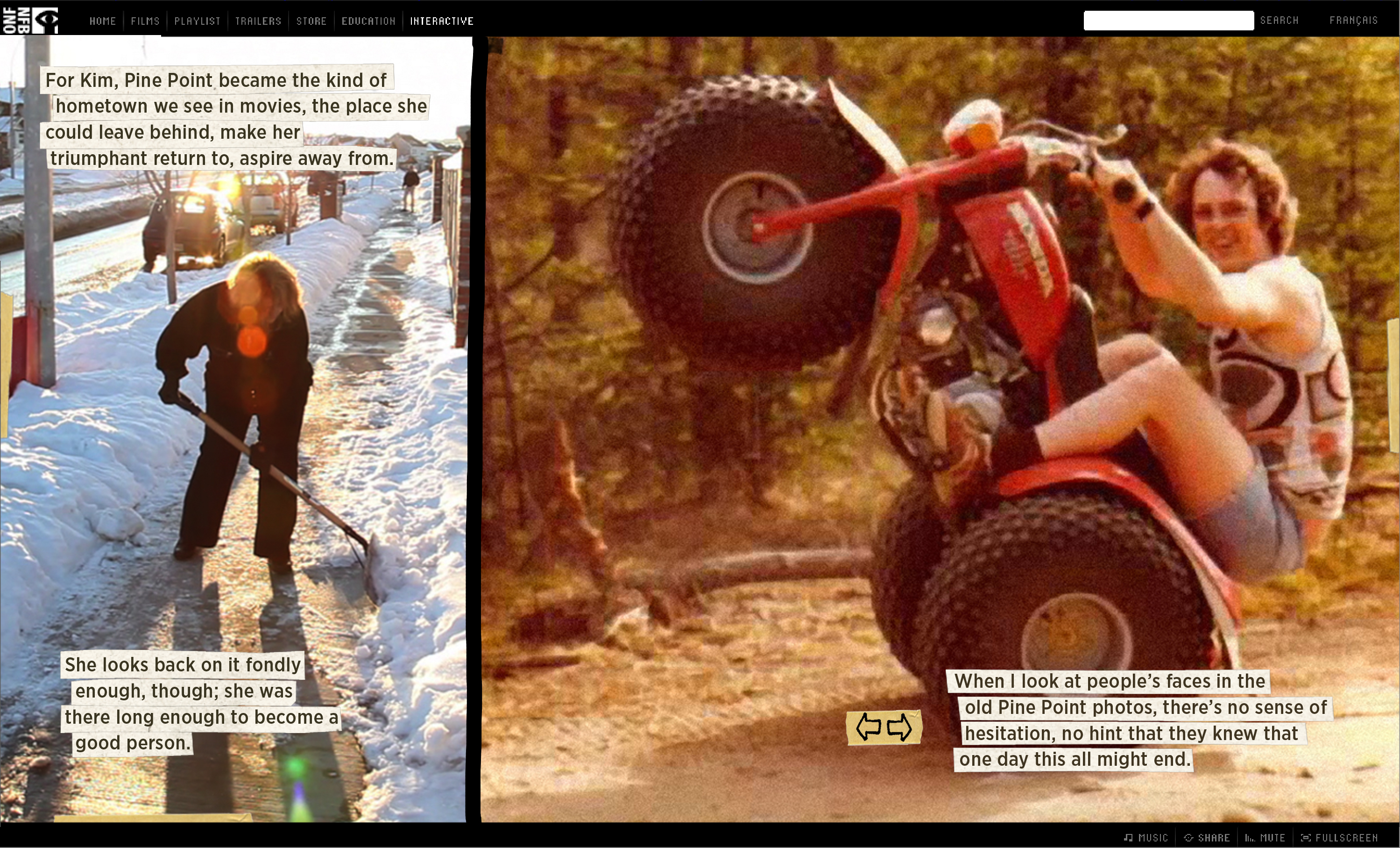
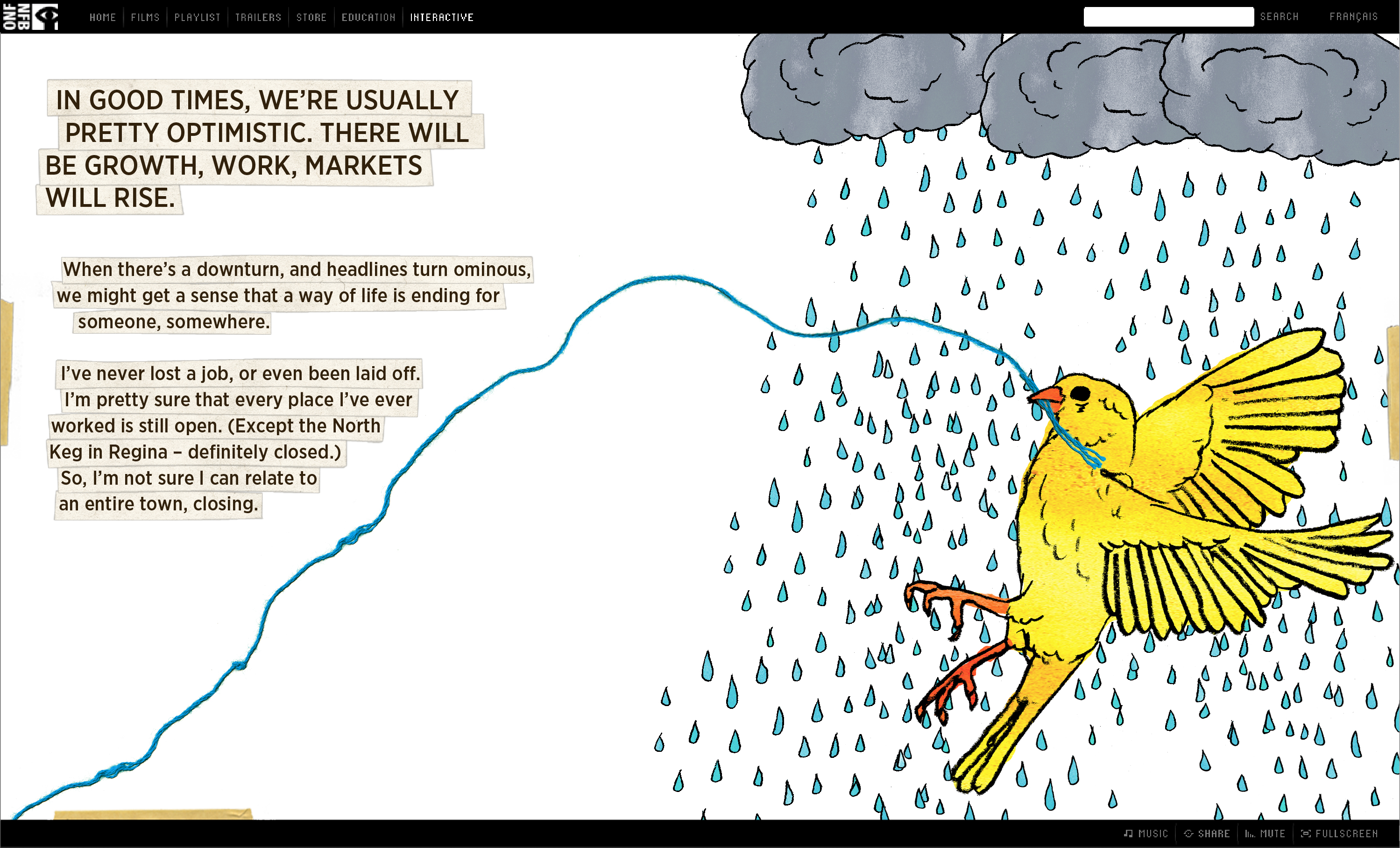
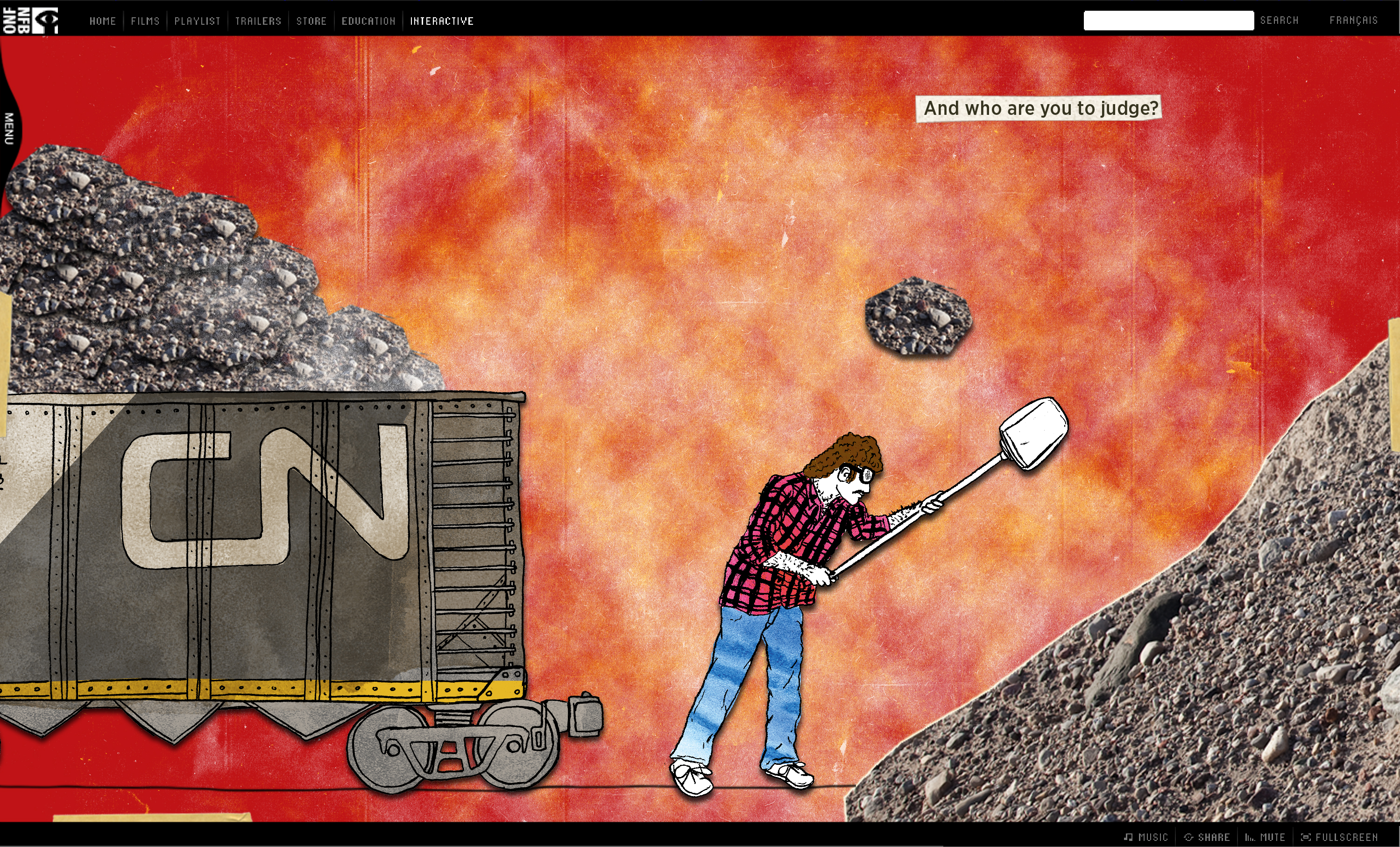
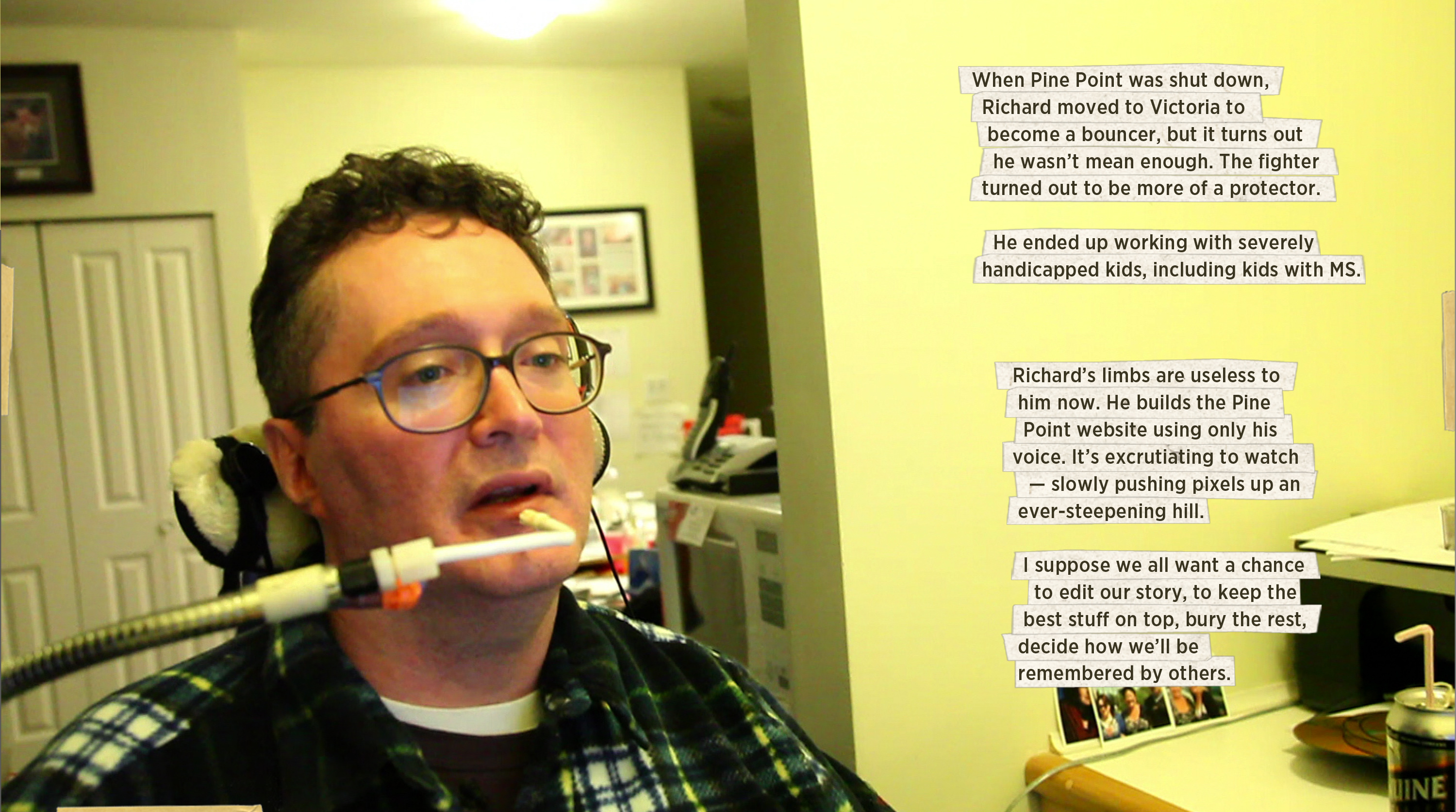
13 years, 1 month ago
Felicitaciones para Paul y Michael!